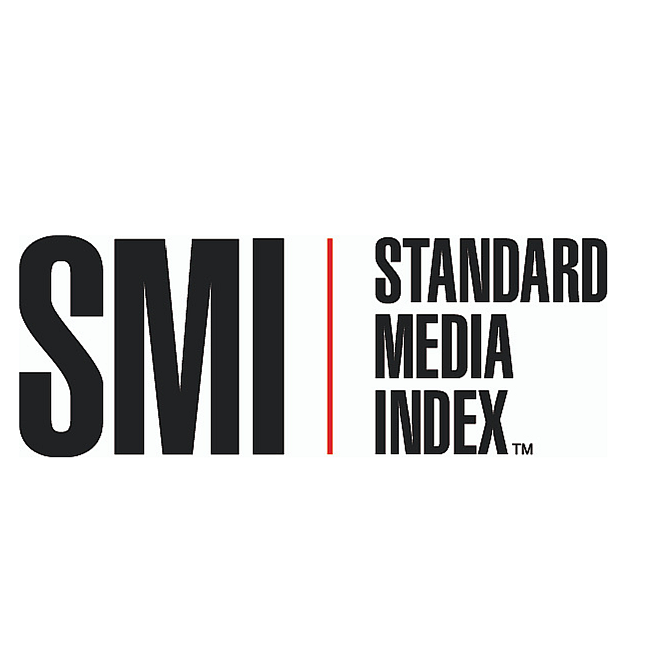
SMI responds to COVID-19 with a range of new features
Standard Media Index (SMI) has introduced a range of additional features to help clients and media agency partners understand the ongoing impact of COVID-19 on the ad market.
It is launching a newsletter providing earlier insights into ad spend, in addition to updates on demand in the New Zealand, US, and UK markets, to ensure the local market will “think twice before slicing media budgets” in a “vacuum”. It will also release future pacing data – which shows upcoming demand across all product categories according to confirmed spend – earlier to clients.
SMI AUNZ managing director Jane Ractliffe said she has already received a number of question about how COVID-19 will impact advertising demand, which led to SMI’s response.
“Never more than now is access to accurate advertising demand detail more important. The last thing we need is inaccurate supposition about the state of advertising demand,” she said.
“We all know the market will suffer, but it won’t necessarily be to the same degree across all media and some product categories are likely to increase their media investment.
“So we’re implementing new measures to ensure the latest data gets to the market more quickly so media companies and advertisers can make decisions with more confidence and knowledge.”
Future pacing data will now be sent to clients as soon as it arrives, rather than merely including it in SMI monthly reports. Next month marks a year of collecting this data, which SMI said means clients can reliably compare upcoming performance with historical results.
“Instead of waiting to release the full advertising market data in reports, we’ll provide these Special Updates as soon as we receive the data so in some cases the information could get to our clients two to three days earlier. They’ll then receive the usual reports with more detail at the usual time,” Ractliffe explained.
As part of the response, future SMI reports will include extra details on the impact of COVID-19 on product categories. It has released further digital ad spend insights to its media agency partners to allow them to communicate more effectively with clients. These insights cover demand for search, programmatic, social media, video sites and content sites.
“The SMI data provides the only true view of digital advertising expenditure given we collect this detail directly from the media agency payment systems so it’s the only way clients can get the detail they need on their category’s demand across each digital sector,” Ractliffe noted.
“The print media has always had the largest digital share relative to its traditional revenues, but with the growth in TV streaming sites and podcasting we’re quickly seeing online revenues increase for other traditional media businesses. And outdoor has already proven its expertise in introducing digital as a new advertising format.”
These new features do not mark the end of SMI’s COVID-19 response, she added, but act as a “base from which to operate with more confidence”.
From mid-May, SMI will also be unveiling its first Canadian database, including ad payment data from all multinational media agencies.
Ractliffe said the Australian industry needs access to other markets’ data in order to properly compare media investment decisions, and ensure the local market does not slip into unnecessary pessimism.
“Last year Australia’s advertisers were way out of step with global norms with their gloomy view on advertising demand,” she said.
“The same global issues were affecting all sophisticated advertising markets but while Australia’s advertisers reported a 5.2% fall in CY2019 media investment, the SMI US data showed that advertising market grew 3.7% last year and UK advertisers grew their media investment 3.8% despite all the uncertainty of Brexit.
“Our hope is that if Australian marketers have robust comparable data from other major media markets they will no longer be acting in a vacuum and will therefore think twice before slicing media budgets.”
